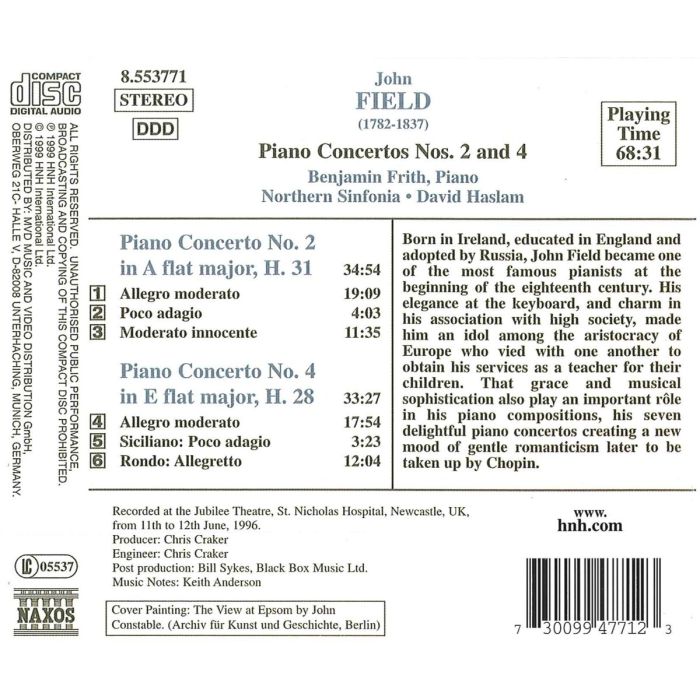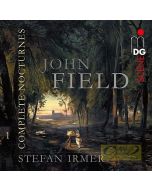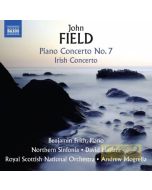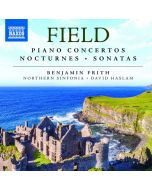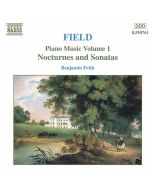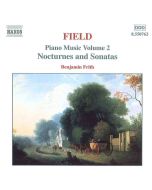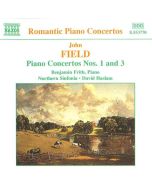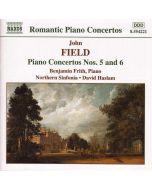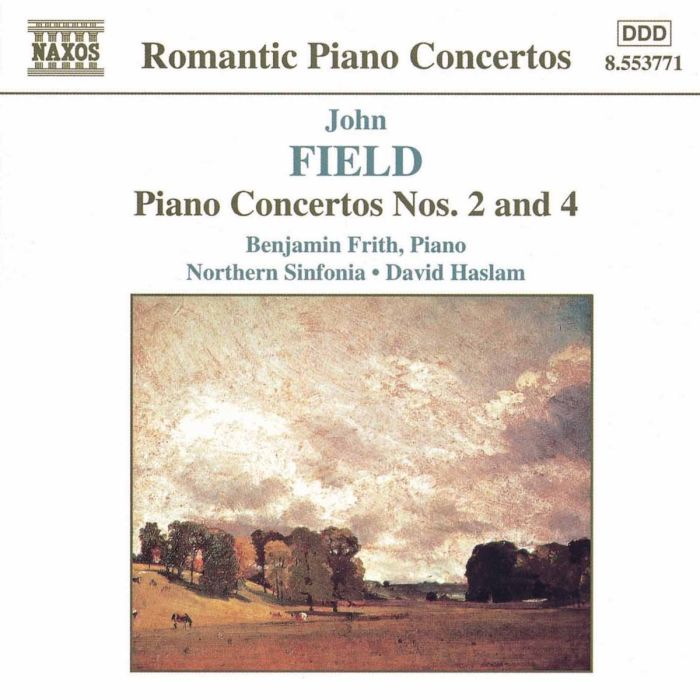
(Produkt nie został jeszcze oceniony)
kompozytor
Field, John
tytuł
FIELD: Piano Concertos vol. 2
wykonawcy
Frith, Benjamin, Haslam, David, Northern Sinfonia
nr katalogowy
8.553771
opis
Field's Piano Concerto No. 2 in A flat major was first published in Leipzig in 1816. It starts with a classical orchestral exposition, after which the soloist enters with some panache with his own treatment of the principal theme, elegantly developed before proceeding to the secondary theme. There is a brief unaccompanied passage, before a shift of key into B major and a mood that suggests a Field Nocturne, however briefly, moving through the key of F sharp major to contrast of major and minor modes, notably in an extended passage in F minor. The movement ends in further delicate display from the soloist. The E flat major slow movement, accompanied by the strings alone, allows the muted first violins to shadow the more ornate solo line in a singing melody. The soloist introduces the principal theme of the last movement rondo, a pert melody that returns to frame intervening episodes in which the primary purpose of pianistic display is never forgotten. •
The Piano Concerto No. 4 in E flat major was first published in St Petersburg in 1814. After the orchestral exposition the soloist enters with imposing chords and proceeds to material that is much less classical in its patterns, the right-hand melody, often elaborated, generally accompanied by the left, in writing in which the orchestra, as so often, can be dispensed with. The G minor slow movement, described as a Siciliano, is lightly accompanied by plucked strings, a model for later composers, and is of disarming simplicity. There follows a rondo, opened with a similarly unpretentious theme of pastoral innocence. Here, however, and in the intervening episodes, the piano still has ample opportunity to disport itself.
nośnik
CD x 1
wydawca
Naxos
data wydania
14.06.1999
EAN / kod kreskowy
730099477123
58,00 zł
Produkt dostepny w niewielkiej ilości.
Wysyłka w ciągu 3 dni roboczych
Darmowa wysyłka dla zamówień powyżej 300 zł!
Darmowy kurier dla zamówień powyżej 500 zł!
sprawdź koszty wysyłki